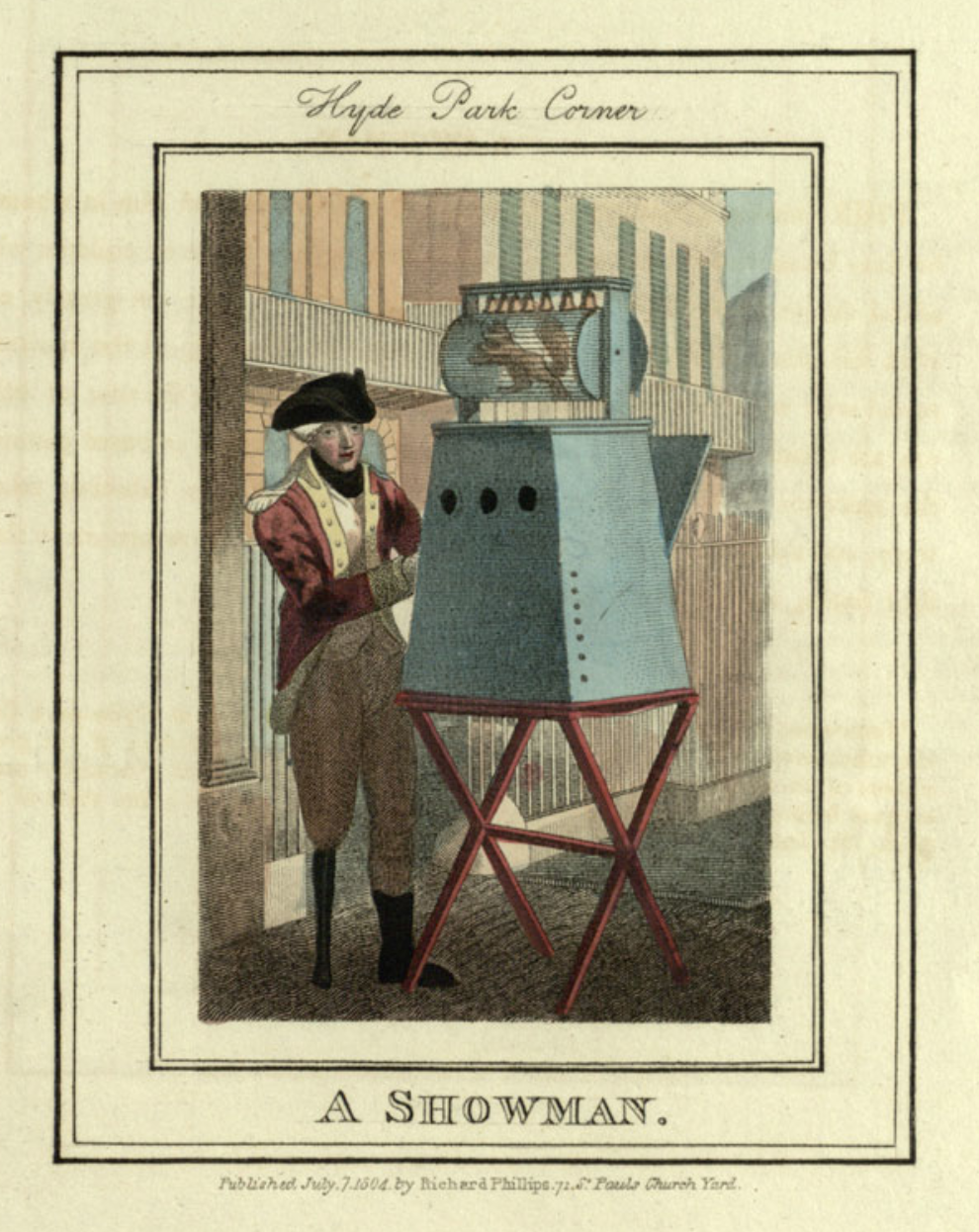CULTURAL SERVINGS:
EPHEMERAL ECHOES
EDWARDIAN PURSE
SCRIMSHAW AND LOVE TOKENS
PILCHARDS AND TROYL
BELTS
LEATHER TANNING
BEER TIME
BEER MATS
LUNCH BOX
SLOW MOVEMENT
SUMMER HEAT
NATURAL DYES
FRAKTUR ART
THE CRIES OF LONDON
SHAKER FURNITURE
BAUHAUS BRUTALISM
BAUHAUS INTERIOR
BAUHAUS SPIRIT
BAUHAUS HISTORY
ROMANTICISM AND REVIVAL
HISTORY OF THE MUSEUM
CABINETS OF CURIOSITY
THE CRIES OF LONDON




REMEMBERING THE CRIES OF LONDON
At the Backward Vendor, we take a huge amount of inspiration from the worker. Each of our products is based on an occupation, and we hope that our garments give off a workwear style. As hand-crafters, we can relate to the worker, who dedicates their life to their profession, and holds a skill that few others possess. In today’s cultural serving (change name if we stop yakking it cultural serving), we wanted to shed light on town criers; vendors who, for decades, sold their wares in the streets (before cars came about, of course) by shouting melodic tunes that advertised their products.
Some shouts were lyrical, some were witty, and some were simply very loud. Customers would be attracted to their favourite cries, and were even able to find their preferred vendors by their bellowing and theatrical displays of shouting. The town crier is not around today, but perhaps the closest related occupation is the street performer. It is still common, especially in places such as central London, to see masked performers put on spectacular shows for passers-by, in an attempt to collect their spare change.
However, it was not Central London that these criers populated most densely. The majority of criers were situated in East London. We love the thought that our little studio, in which we handcraft our wares, could have been the exact spot where hawkers worked. Doing exactly the same as us, selling their wares, just centuries before us (and much louder).
Criers sold all manner of things, from groceries, to magnets, to homemade beers, to old clothes. As there was no need for a licence in these times, anyone who had something to sell could do just that. The town hawker was an interesting point of reference for artists of the time, there were many illustrators depicting them, and they were commonly illustrated in children’s stories. Because the type of street vendor was so broad, many cigarette companies commissioned illustrators to create collectors cards which were included with each pack of cigarettes. By the 20th century, the Cries of London found their way onto cigarette cards, chocolate boxes, biscuit tins, tea towels, silk scarves, dinner services and, famously, tins of Yardley talcum powder from 1912 onwards.
Below are some examples of cries that have been documented:
“Lobsters alive ho! - Live lobsters and dead,
Who’ve chang’d their jet armour to a beautiful red.”
“Currants red and white. A penny a pint.”
“Here are banbury cakes, so deliciously nice,
Buy only once, and you’ll shortly come twice;
Well crusted with sugar and fill’d with rich fruit,
And cheap, both your pockets and palates to suit.”
It is worth nothing that these illustrations of criers are some of the only depictions of workers from earlier centuries. Each worker has their own tale to tell, we love the stories that come with these vendors and their poetic advertising methods.